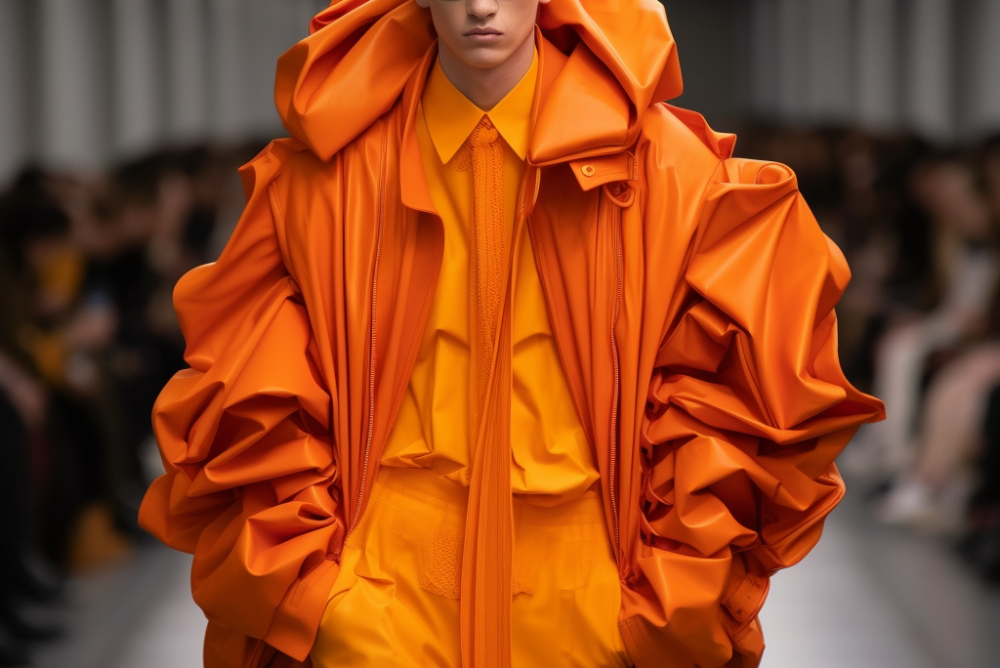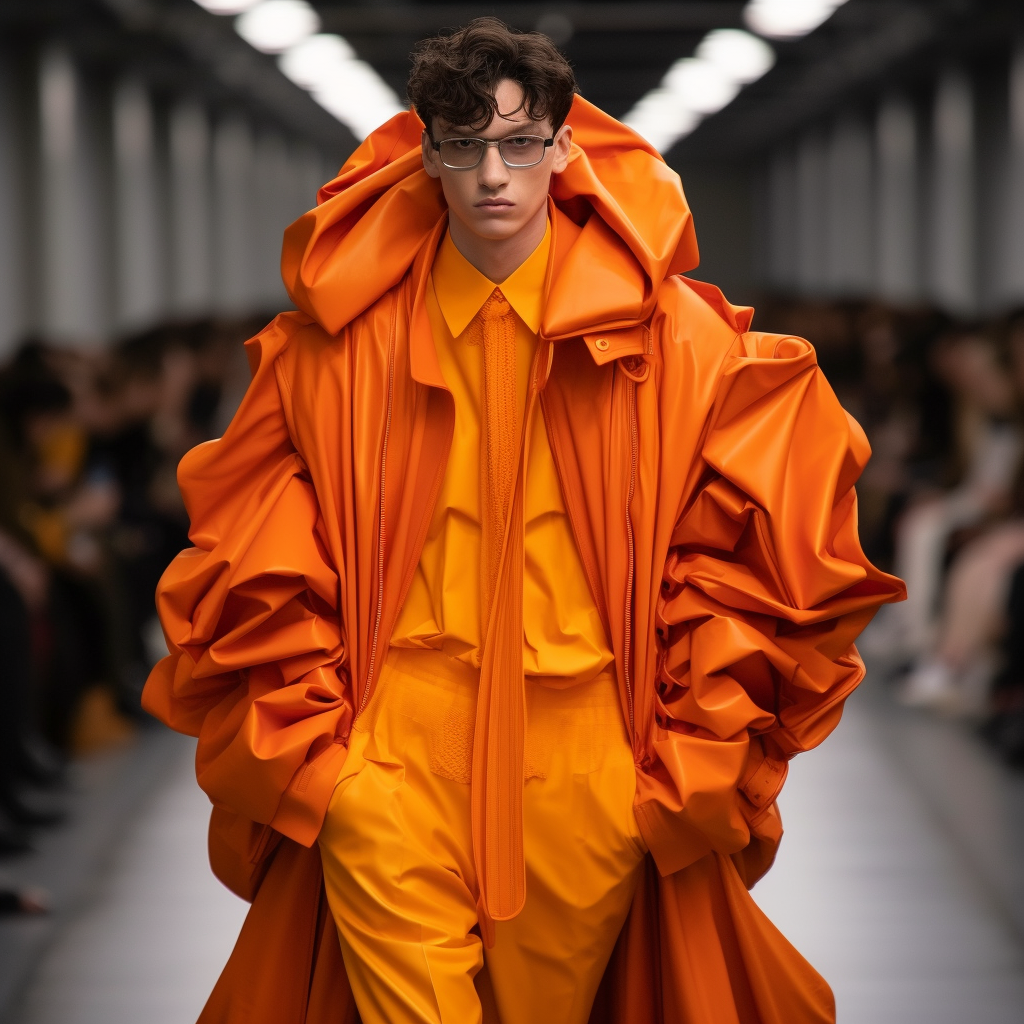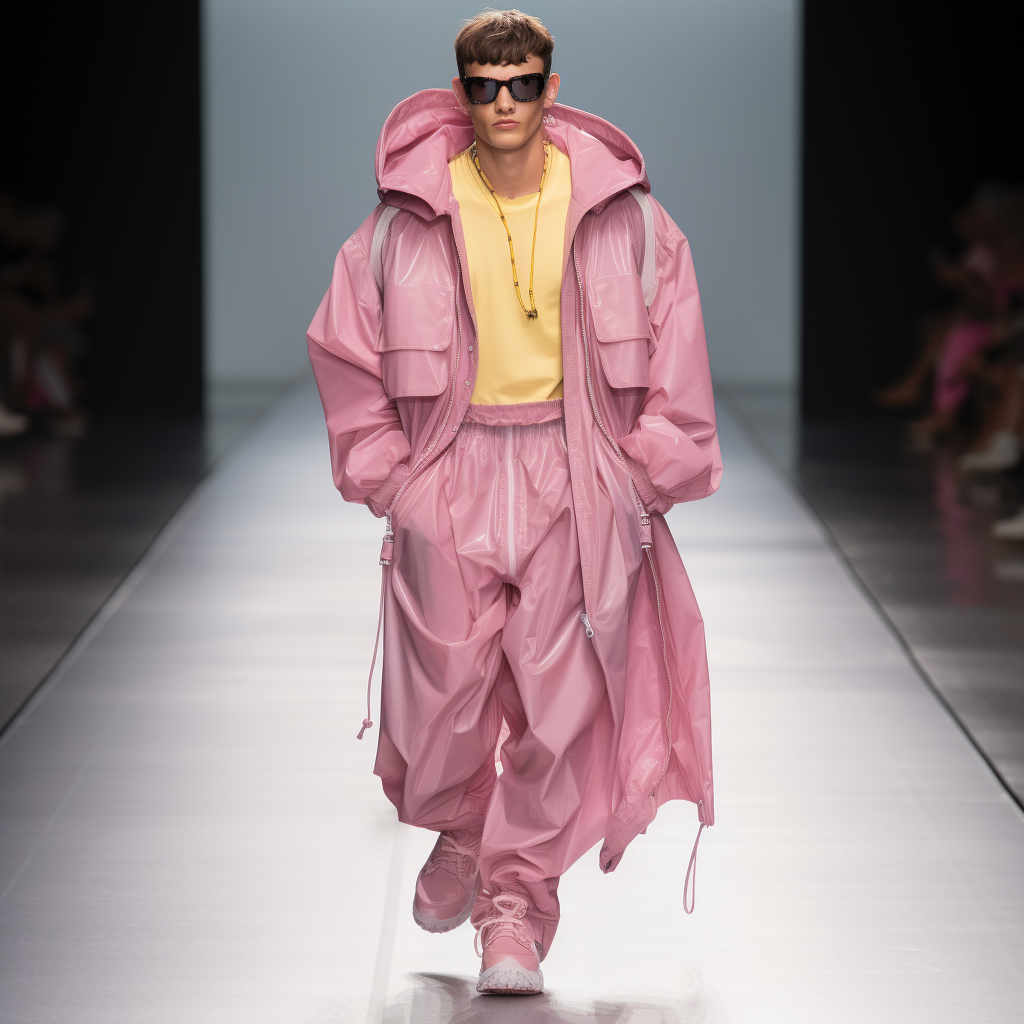Men's Fashion in 2023: Trends, Shopping Habits & Marketing Strategies


Men's fashion and shopping habits have undergone some significant changes in recent years. As gender norms and expressions evolve, men are becoming more interested in fashion and style. No longer content with the basics, male consumers are seeking out the latest trends and designer brands to craft their own unique look.
In 2023, the men's fashion and retail markets will continue to grow and tap into this demand. Industry analysts predict the global menswear market will reach $438 billion by 2025. Understanding the key preferences and behaviors of male shoppers will be critical for brands and retailers looking to capitalize on this growth.
This article will explore the major trends shaping men's fashion in 2023 and how male consumers are shopping today. Key topics include:
- The top men's fashion and style trends to watch out for this year - from athleisure and streetwear to smart casual office attire. We'll look at how menswear is becoming more varied, expressive and individualistic.
- How men shop for fashion today - covering the rise of online shopping, brand loyalty versus price sensitivity, and the stores and websites most frequented by male consumers.
- Influences on men's fashion and buying decisions - including demographics, social media, hobbies and interests. We'll discuss how factors like age, income and location impact men's style.
- Marketing tactics for connecting with male shoppers in 2023 - exploring digital strategies, in-store experiences, loyalty programs and aligning with brand values.
With insights from industry data and examples of major brands and retailers, this article will provide readers with a comprehensive overview of the men's fashion and retail landscape for 2023. The goal is to help fashion executives and marketers understand their male customers and refine their strategies to better meet their needs and preferences.
Key Men’s Fashion Trends for 2023
Men’s fashion continues to move in a more relaxed, casual direction. Athleisure, streetwear and smart casual styles reflect a desire for comfort along with self-expression. Key trends for 2023 include:
Athleisure
Athleisure and sportswear continue to dominate men’s casual fashion. Brands like Lululemon, Nike, Adidas and Under Armour have fueled the popularity of this trend. Industry analysts expect the global athleisure market to grow to $257 billion by 2026.
Key athletic apparel like joggers, sweatpants, hoodies and tennis shoes can now be worn in casual settings outside the gym. Neutral colors and minimalist styles allow for versatility across occasions. Premium fabrics like cashmere joggers and hoodies also blend athletic comfort with luxury.
Streetwear
Streetwear is another huge driver of casual men’s fashion. Bold prints, graphics, oversized fits and cult followings define popular streetwear brands like Supreme, Stussy, A Bathing Ape and Kith.
Sneakers remain at the forefront of street style. Collectible collabs, chunky dad shoes and retro high tops from Nike, New Balance and Yeezy appeal to sneakerheads. Outerwear like oversized coats, puffer jackets and bombers add statement pieces.
Smart Casual
The relaxed dress codes of many modern workplaces have fueled the smart casual trend. Men are moving away from more formal attire in favor of polished yet comfortable hybrid looks.
Key smart casual staples include chinos, casual button-downs, minimal white sneakers, bomber or leather jackets and Chelsea boots. Tailored pieces with athletic or stretch fabrics also bridge the divide. This effortless but intentional aesthetic works for both office and social environments.
How Men Shop for Fashion
Men’s shopping habits and behaviors have evolved significantly in recent years. More men are investing in fashion and style, spurring growth in the menswear market. However, male consumers approach shopping differently than women.
Online vs. In-Store
According to Statista, global online sales of menswear are projected to reach $210 billion by 2024. Online shopping appeals to male consumers due to factors like convenience, selection and competitive pricing.
However, brick-and-mortar stores still account for the majority of menswear sales. Surveys show many men prefer to see, touch and try on clothing and shoes before purchasing. Department stores and specialty retailers cater to this demand for in-store experiences.
Popular online destinations for men’s fashion include Amazon, Zappos, ASOS, Mr. Porter, SSENSE and Threads. Major retailers like H&M, Zara, J.Crew and Banana Republic seamlessly integrate e-commerce with physical locations.
Type of Retailers
Men gravitate towards different types of stores depending on their fashion needs and preferences. Fast fashion retailers like H&M and Zara provide affordable, trendy picks. High-end luxury brands offer aspirational designer style.
Department stores often serve as one-stop shops with wider selections. Some males also favor specialty stores focused on categories like suits, athleticwear or denim. Warehouse clubs and discount retailers appeal to price-conscious shoppers.
Brand Loyalty vs. Price Sensitivity
Surveys indicate around 65% of male shoppers identify as brand loyalists, especially for powerhouse names like Nike, Levi’s and Ralph Lauren. Brand quality and reputation provides assurance.
However, male consumers are also very price conscious and incentivized by discounts. Flash sale sites and outlet malls capitalize on deals to drive purchases. Cost factors more into males’ purchase decisions overall.
Factors Influencing Men’s Fashion Choices
A variety of factors shape men’s fashion and buying decisions in 2023. Understanding these influences provides insight into male consumers' motivations, preferences and purchasing behaviors.
Demographic Factors
Demographics like age, income, location and marital status impact men’s style and spending. Younger males drive trends like streetwear and sneakers. Higher earners splurge on luxury brands. Singles frequent stores more often than married men.
Urban consumers in cities like New York and Los Angeles tend to be more fashion forward. Suburban and rural males lean more basic and practical. Climate also affects regional style differences.
Lifestyle and Hobbies
Lifestyle and hobbies play a big role in men’s fashion as well. Outdoor enthusiasts shop performance brands like The North Face and Patagonia. Golfers seek polos, shorts and shoes from Nike Golf and Under Armour.
Business suits and dress shoes align with corporate wardrobe needs. Trendier casualwear suits urban males. Gym rats love athleisure for both function and style.
Social Media and Celebrities
The #menswear movement on social media exposes guys to emerging styles. Instagram influencers and celebrities drive awareness of new brands and trends.
NBA stars, rappers and actors collaborate oncapsule collections with labels from their own wardrobes. Product placement in music videos and TV shows also has marketing impact.
Workplace Expectations
Many men conform somewhat to workplace style expectations. Traditionally corporate environments call for suits and ties. Smart casual dress codes drive chinos, button-downs and blazers.
Some creative fields allow self-expression through style. But overall, professional norms still shape male fashion choices in business settings.
Marketing to Male Shoppers in 2023
Winning over male consumers in 2023 requires tailored marketing strategies. Men respond better to messages aligned with their values and preferences. Key tactics include:
Digital Marketing
Digital marketing provides crucial touchpoints for male shoppers' paths to purchase. Email, social media ads, influencer campaigns and mobile keep brands top of mind.
Content and communities focused on men's interests retention. Promotions like free shipping help drive conversions. AR and VR augment online shopping experiences.
In-Store Experiences
The in-store experience still influences men, especially for big purchases. Knowledgeable staff, onsite alterations, shipment to home appeal to male preferences.
Updated fixtures, sports viewing lounges and refreshments enhance comfort. Events like trunk shows and collaborations build engagement. Easing returns removes friction.
Loyalty & Personalization
Loyalty programs provide incentives for men, who tend to be deal-seekers. Tiered rewards, member-only perks and free gifts add value.
Personalized recommendations based on purchase history improve relevancy. Curated monthly boxes appeal to convenience-focused male shoppers.
Brand Values
Aligning with brand values earns trust and loyalty from male consumers. Emphasizing quality, craftsmanship and heritage establishes authority.
Initiatives around sustainability and ethical production resonate with modern men's values. Transparency also appeals compared to glossy ads.

Conclusion
The men’s fashion and retail markets continue to see dynamic changes shaped by evolving male consumer attitudes and shopping habits. In 2023, men are investing more in their wardrobes and looking to fashion to express individuality as gender norms expand.
Key trends reveal men's growing desire for casual comfort with an elevated aesthetic. Athleisure, streetwear and smart casual styles dominate men’s closets today. Online shopping provides convenience but brick-and-mortar stores still drive a large share of purchases.
Demographic factors, hobbies, work needs and influences from social media and celebrities all impact men's fashion choices. Marketing to male shoppers requires nuance, personalization and connecting with their values.
As the menswear market grows, understanding the preferences of male consumers will be imperative. Brands and retailers that tap into men's style interests while catering to convenience and individual expression are poised for success.
With the current shifts in society, business and culture, we can expect men's fashion to continue evolving in exciting new directions. Companies that keep a pulse on emerging trends and shopping habits will be best positioned to capitalize on the expanding menswear segment in the years ahead.





-500x500.jpg)
-500x500.jpg)
-500x500.jpg)
-500x500.jpg)
-500x500.jpg)